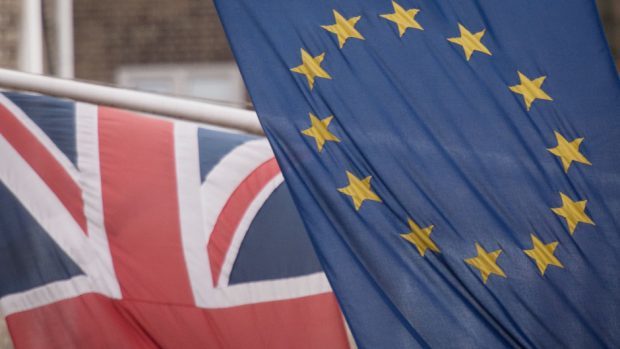The uncertainties surrounding Brexit and a second independence referendum make for a difficult few years in farming.
This was the forecast from research economists at yesterday’s Andersons Spring Seminar in Perth.
Andersons head of research, Richard King, urged farmers to focus on aspects of their business they can control, such as improving efficiency and productivity and managing costs better so they are in the best possible shape to face the future.
Sterling has the strong-est influence on farm incomes and recently the weak pound had led to increased prices for output commodities. However Mr King said: “We would expect input costs that take longer to respond to inflation to start catching up during 2017 which means the gain that farming has enjoyed could be eroded.”
Scottish farm profitability figures for the last 10 years showed how nearly every sector had consistently made a loss from agricultural activity and was dependent on subsidies. LFA beef and sheep farming was particularly badly affected with losses before subsidy regularly reported as being more than £30,000.
Mr King and his colleague, Michael Haverty, said they were pretty certain there would be three more Basic Payment Scheme (BPS) years with the possibility of a fourth in 2020 but post-Brexit, it was unclear how devolved policy might be. They warned of a “battleground in the years ahead” over the devolution of farm policy and the funds to go with it.
Assuming the Scottish Government retains responsibility for agriculture and fast-forwarding to 2025, Andersons predicts a 30% decrease in support, compared to a 50% decrease in England reflecting the relative importance of the industry in Scotland. However, the future of farming in the UK depends very much on what kind of trade deals can be thrashed out following Brexit and delegates were warned that agriculture is likely to be well down the list of priorities.
Mr Haverty said: “Key for farming is whether the big players such as the US, Australia and Brazil want access to our markets and the danger is that agriculture is used as a negotiating ‘pawn’ in future free trade agreements.”
